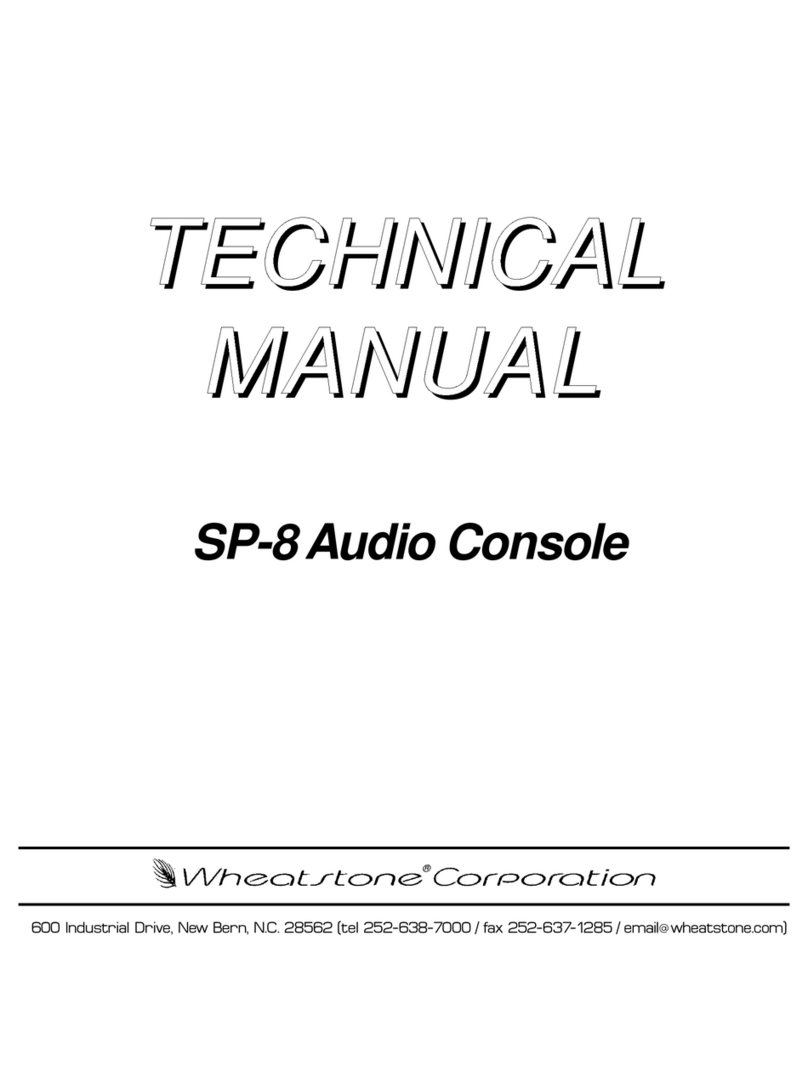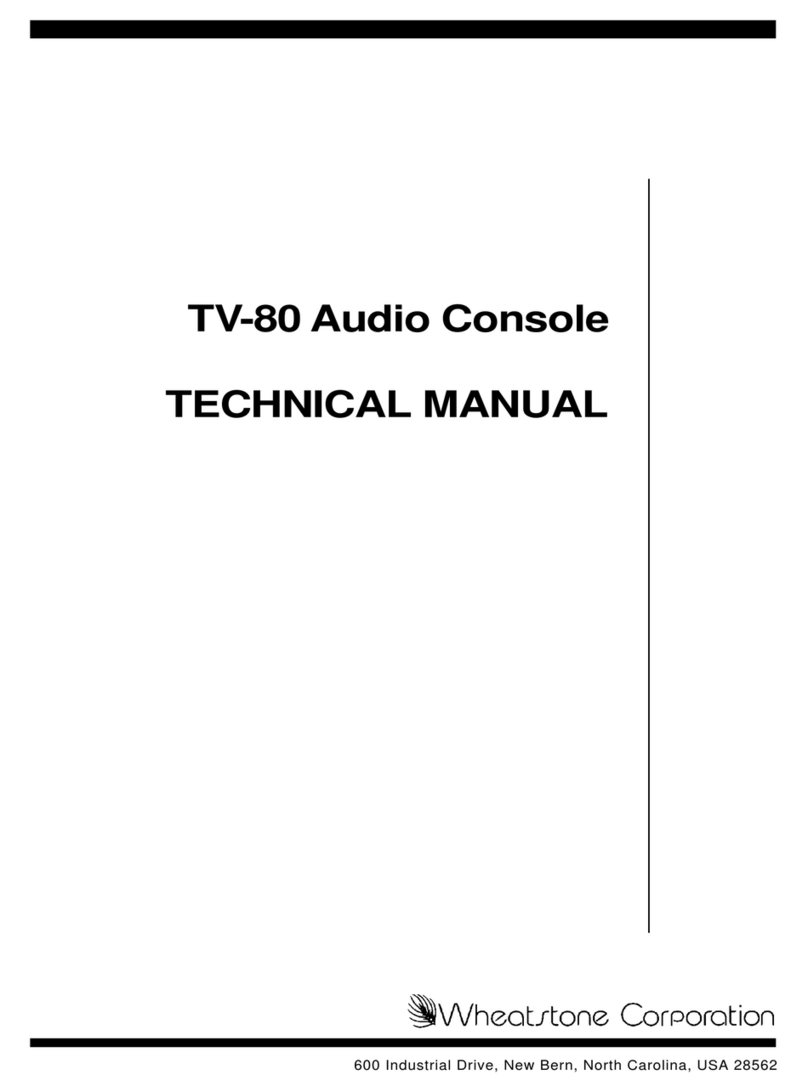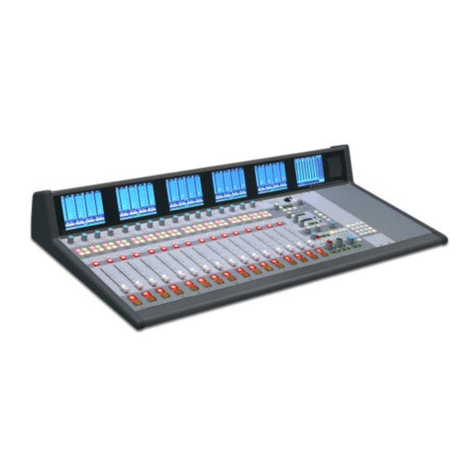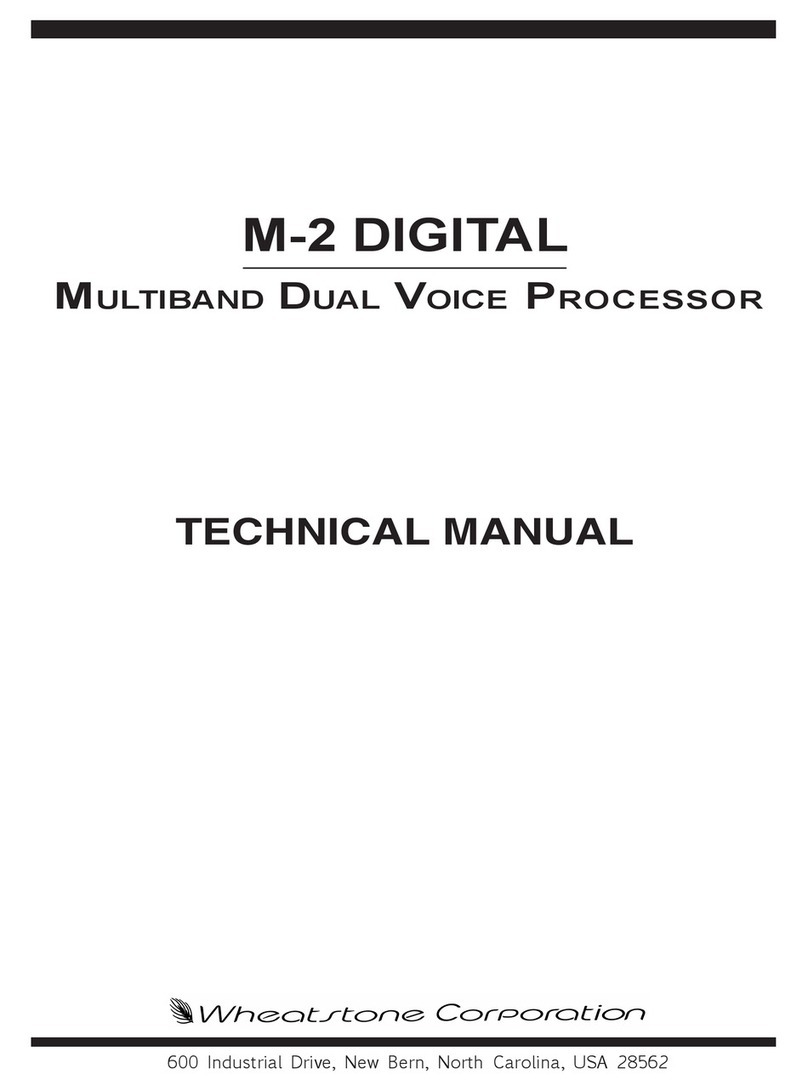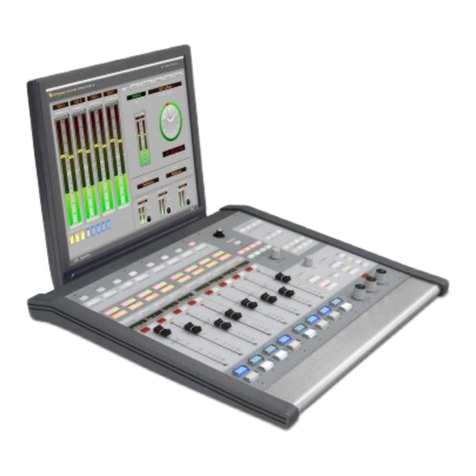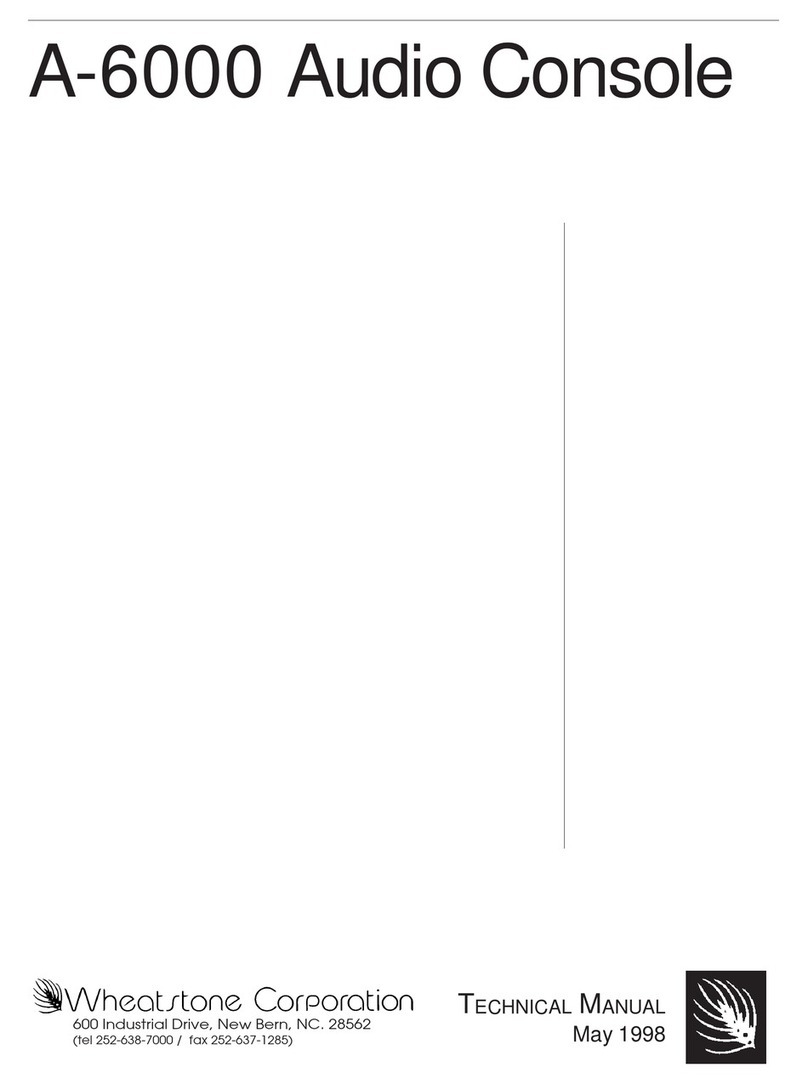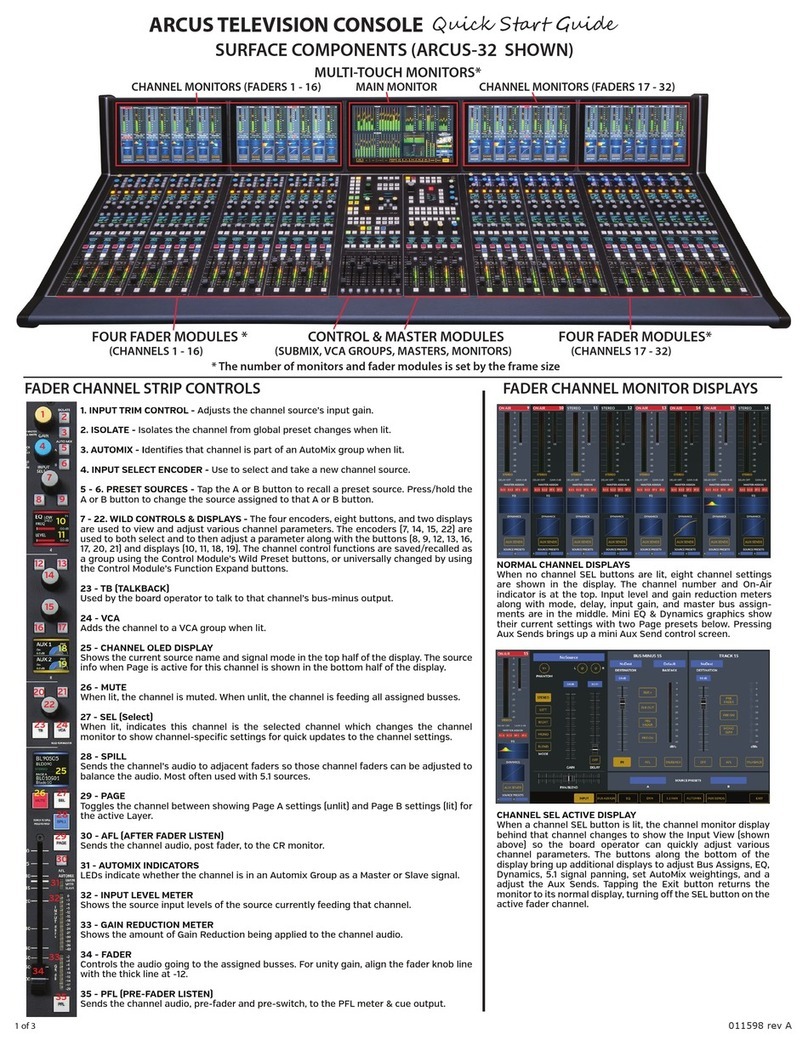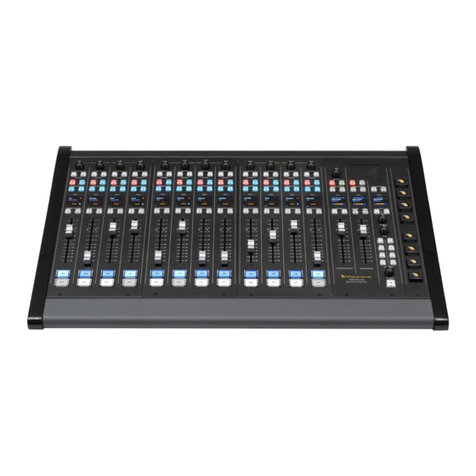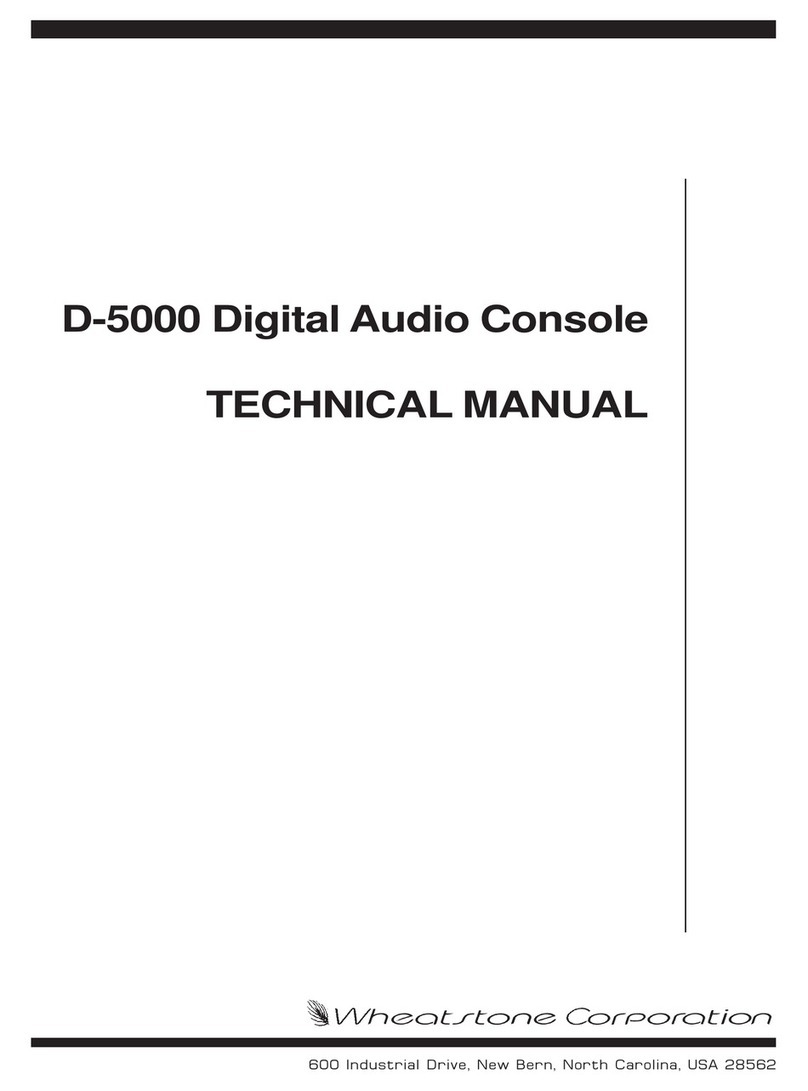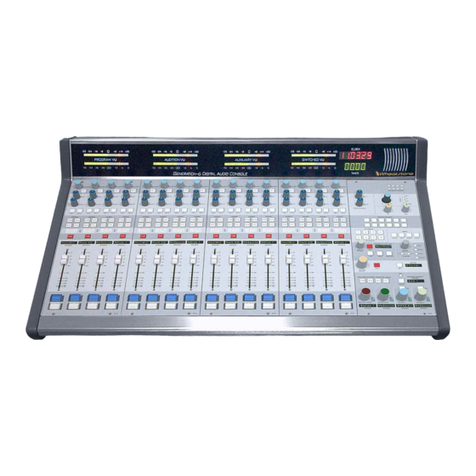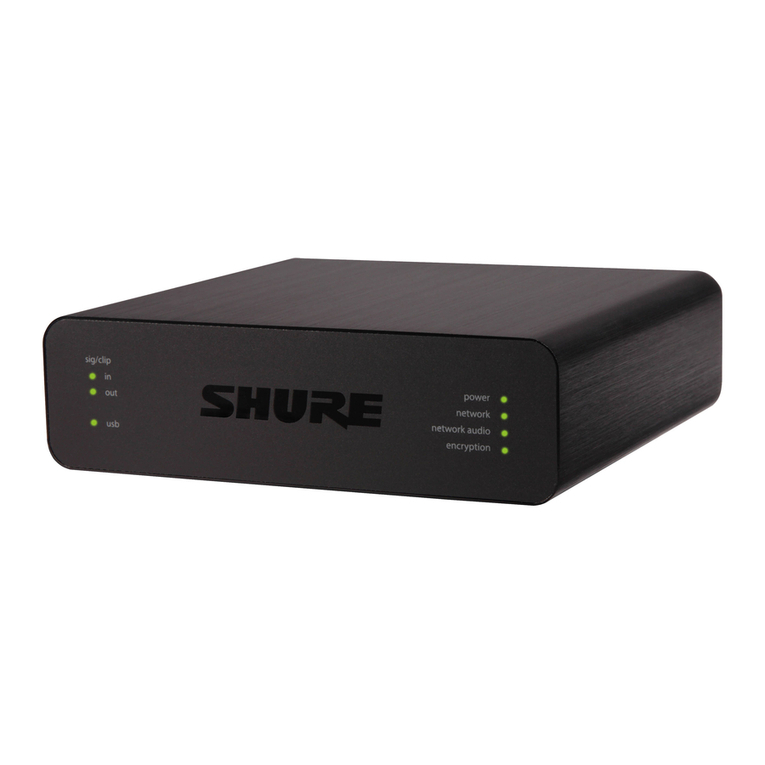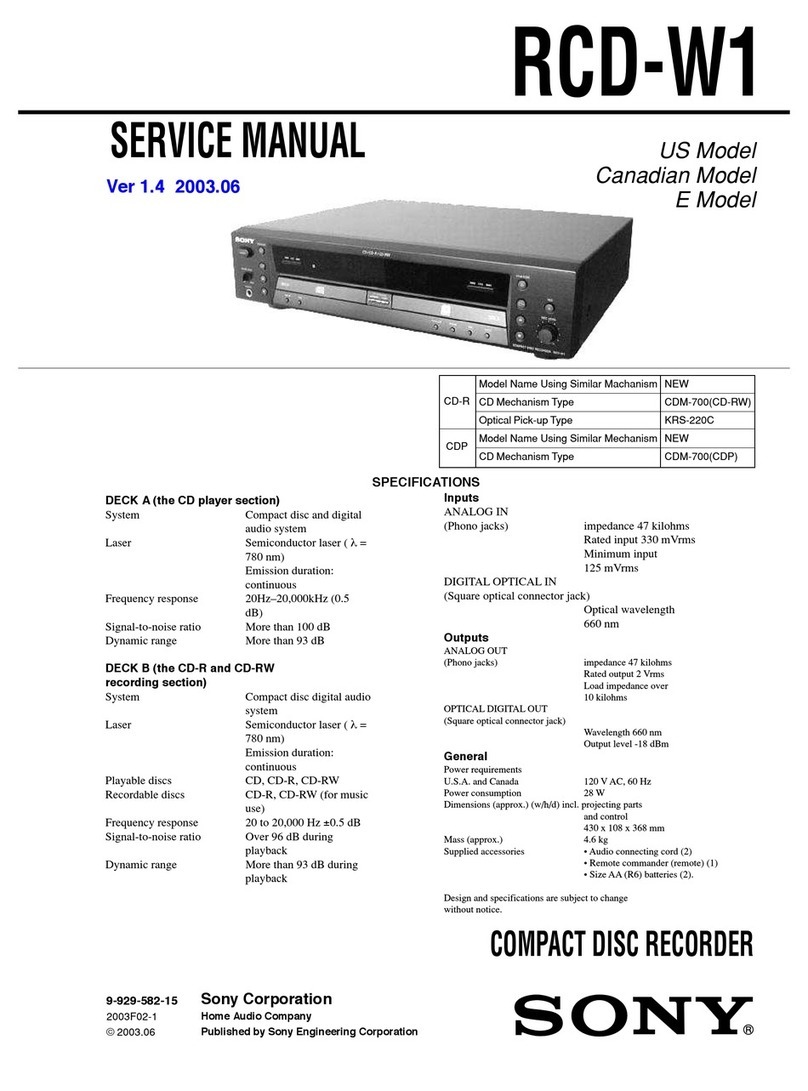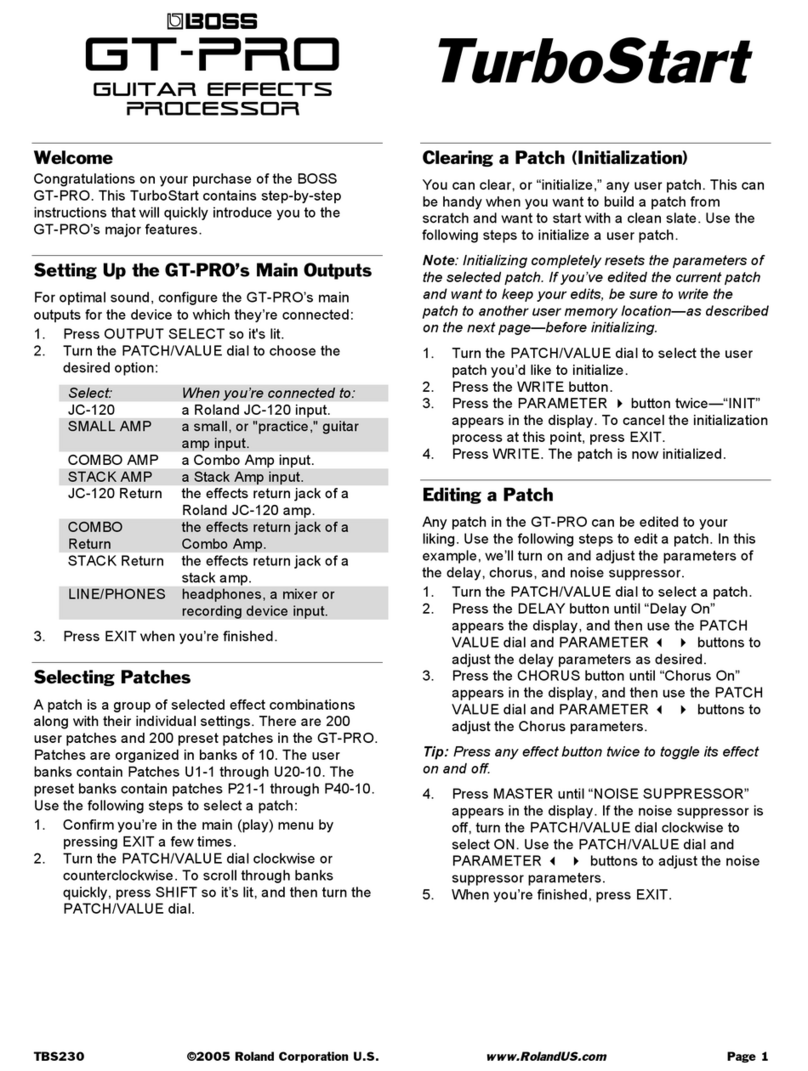
page Contents – 5
D-8000 / Jan 2003
CONTENTS
DB Connector Pinout Drawing (LSD-8)......................................11-6
DB Connector Pinout Drawing (LSR-500)..................................11-7
Chapter 12 - Line Preselector Module-Analog (optional)
Module Overview..........................................................................12-2
Internal Programming Options ...................................................12-3
Hook-ups.......................................................................................12-3
Hook-ups.......................................................................................12-3
Audio Inputs ............................................................................................................. 12-3
Outputs .................................................................................................................... 12-4
DB Connector Pinout Drawing....................................................12-5
Chapter 13 - Tape Remote Module (optional)
Module Overview..........................................................................13-2
DB Connector Pinout Drawing
Start/Stop Function Control ..................................................................................... 13-3
Full-FunctionControl ............................................................................................... 13-4
Chapter 14 - Dynamic Processing Control Module (optional)
Module Overview..........................................................................14-2
Signal Processing Controls ........................................................14-3
Input Gain ................................................................................................................ 14-3
Balance .................................................................................................................... 14-3
High-Pass Filter ....................................................................................................... 14-3
Equalizer .................................................................................................................. 14-3
Low and High Shelving....................................................................................... 14-3
Parametric Equalizer Sections ............................................................................ 14-4
Ducking .................................................................................................................... 14-4
Compressor ............................................................................................................. 14-4
Comp In ............................................................................................................... 14-5
Pre EQ ................................................................................................................ 14-5
Threshold ............................................................................................................ 14-5
Attack.................................................................................................................. 14-5
Release............................................................................................................... 14-6
Ratio.................................................................................................................... 14-6
Output ................................................................................................................. 14-6
Phase.................................................................................................................. 14-6
The Presets A, B, C, D Switches............................................................................. 14-6
Console Recall.................................................................................................... 14-6
Console Storage ................................................................................................. 14-6
Channel Recall ................................................................................................... 14-6
Channel Storage................................................................................................. 14-7
Neutralizing Channels ........................................................................................ 14-7
Locking Out Controls (“Lock”).................................................................................. 14-7
